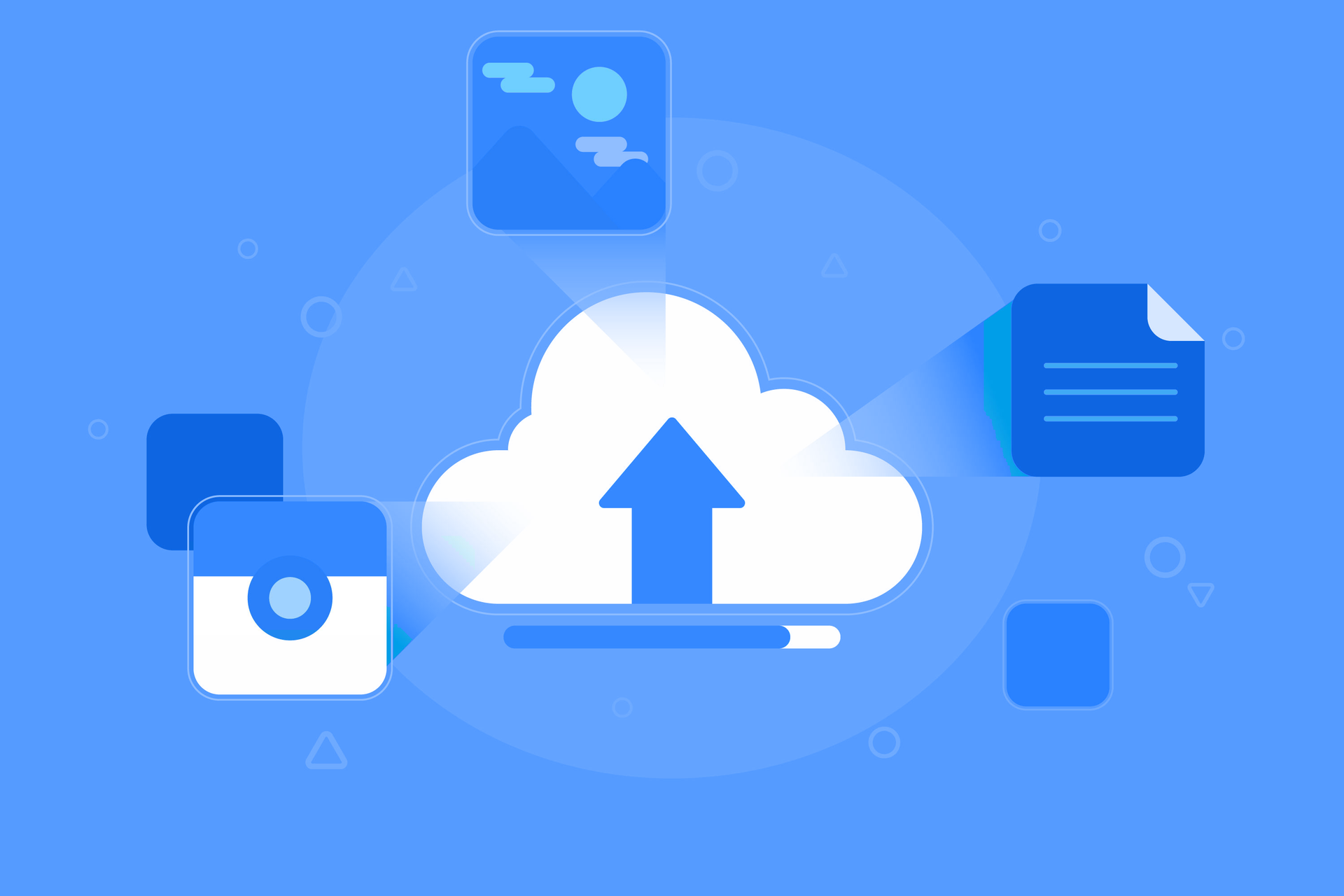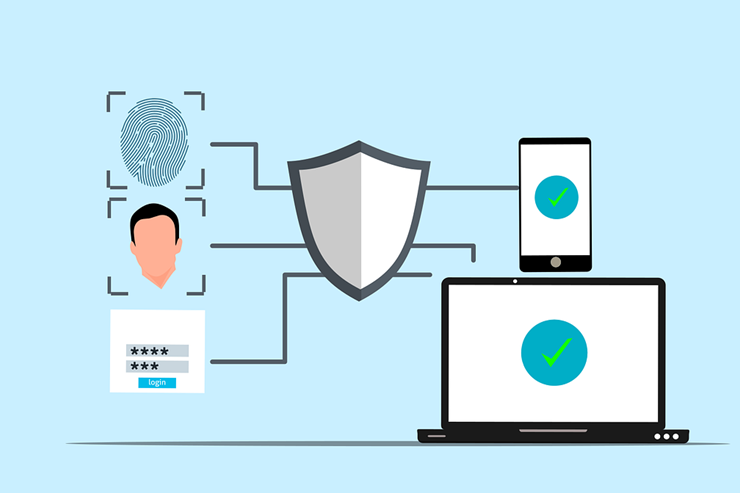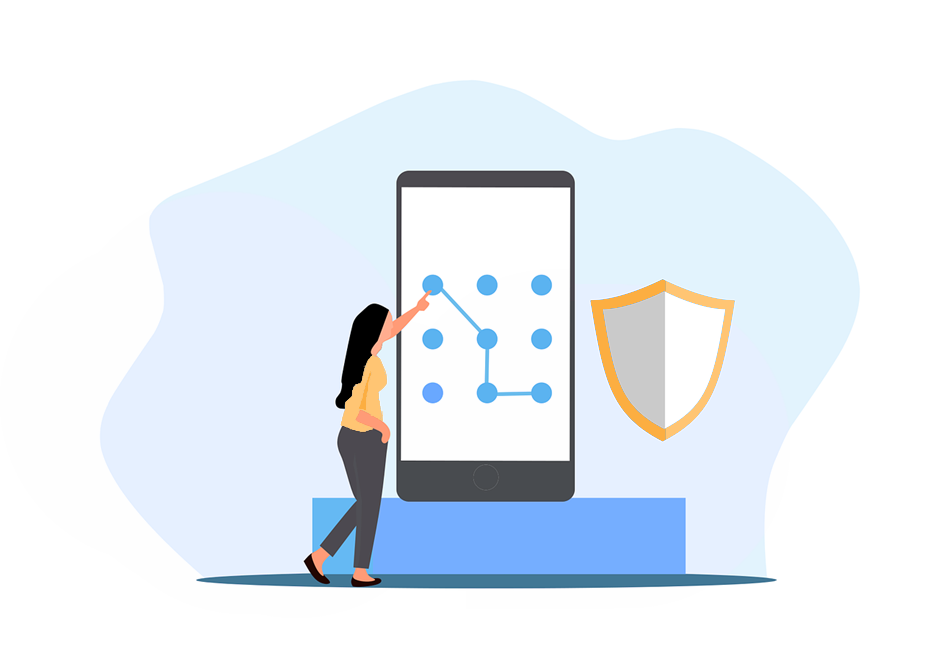Add hours to your day with these hacks
December 26, 2018

There are only so many hours in a workday, so making the most of your time is vital. If distracting websites, unorganized files, and cluttered inboxes prevent you from getting work done, consider these tips to better manage your time and stay productive at work.
Monitor productivity levels
Start by tracking how much work you complete on an average day. There are useful apps for this such as Google Chrome Extensions like RescueTime, which record your most frequently visited sites and track how much time you spend away from your computer. Running the app will provide you with a productivity rating and a detailed log of how you spend your time at work.
If you discover you’re wasting a huge portion of your time on social networking and other productivity killers, you’re more likely to make conscious adjustments on how you manage your time.
Get rid of clutter
You can also decrease distractions and increasing output by deleting old files, uninstalling unused programs, and organizing documents into appropriately labeled folders. This makes files easier to find and improves your computer’s performance.
As for the clutter in your email inbox, Gmail and Outlook both have features that filter out unimportant messages. Simply enable Priority Inbox on Gmail or Clutter on Outlook to get a clean, spam-free inbox.
Block time-wasting sites
Visiting non-work-related websites hinders productivity. A quick five-minute break to check your Facebook feed may not seem like much, but a few of those per day add up to a lot of time.
If you and your employees have trouble staying away from social media sites like Facebook, Instagram, and Twitter, it’s a good idea to block access to them using URL filters.
Alternatively, you can use apps like StayFocusd or Strict Workflow. These allow you to set a limit on how long and how many times users can visit non-work-related sites.
Stay on track with to-do lists
To-do lists help you break down large projects into manageable, bite-sized tasks. Crossing things off the list is surprisingly satisfying since it gives you and your employees a sense of accomplishment and total visibility of your progress.
You can choose from a wide variety of digital to-do lists like Google Tasks or Trello. These platforms allow you to set deadlines for small tasks and write clear instructions for each. What’s more, they’re incredibly easy to use and are great for keeping track of your workflow.
Use keyboard shortcuts
Mastering keyboard shortcuts will make it easier to perform simple functions. There are more than a hundred useful shortcuts, but some that you should always keep in mind are:
Ctrl + C, Ctrl + V, Ctrl + X
– to copy, paste, and cut selected items
Ctrl + Z
– to undo changes
Ctrl + T
– to open a new tab on your web browser
Alt + Tab
– to switch between open windows
Alt + F4
– to close the program
For many more like these, take a look at this list of advanced shortcuts for Windows.
In this digital age of short attention spans, focus is key to achieving business success. Drop us a line today if you’d like to know more about how tech can induce focus and improve overall productivity.
Published with permission from TechAdvisory.org. Source.

A slow computer or a frozen screen are the worst things that can ruin your day. You've most likely dealt with outdated technology on multiple occasions if you manage a small business. It may seem cost-effective to extend the life of outdated equipment, but the long-term costs are frequently higher. Due to technological issues like sluggish PCs and antiquated laptops, small businesses lose about 98 hours annually, or 12 working days . This is why it's important to have an IT refresh plan. It helps you stay safe, prevents unplanned malfunctions, and keeps your team operating efficiently. Regardless of whether you outsource managed IT services or handle them in-house, a solid refresh strategy can save time, stress, and money down the line.

Does your small business ever feel like it has too much data? This is a fairly typical occurrence. The way small businesses function has changed as a result of the digital world. In addition to customer emails and backups, we now have an overwhelming amount of data to manage, including financial statements, contracts, logs, and employee records. According to a PR Newswire survey, 72% of company executives say they have stopped making decisions because the information is too overwhelming. All of this data can easily become disorganized if improperly handled. By implementing the appropriate data retention policy, effective IT solutions assist. A strong data retention policy keeps your company compliant, organized, and cost-effective. Here's what should be deleted, what should be kept, and why.

Selecting the best cloud storage solution can be similar to being faced with an endless buffet of options, each one claiming to be the best. A poor choice may result in lost revenue, compromised data, or even a snag in productivity. The stakes are extremely high for small business owners. Regardless of your level of experience, we will guide you through this thorough guide to help you choose a cloud storage solution that is specific to your company's needs.

Cyber threats are a daily reality for small businesses navigating an increasingly digital world; they are not merely an abstract concern. Financial and reputational harm can result from ransomware attacks, phishing scams, or unintentional data leaks. In order to reduce the risks, more businesses are using cyber insurance. Not every cyber insurance plan is made equally. Many business owners think their policy covers them, but they discover (too late) that it has significant gaps. We'll explain exactly what is and isn't covered in this blog post, along with how to pick the best cyber insurance plan for your company.

Have you ever questioned how susceptible your company is to online attacks? Nearly 43% of cyberattacks target small businesses , frequently taking advantage of lax security measures, according to recent reports. Multi-Factor Authentication (MFA) is one of the most underutilized yet powerful ways to safeguard your business. Even with your password, hackers will find it much more difficult to obtain access thanks to this additional security measure. The implementation of Multi-Factor Authentication for your small business is explained in this article. Knowing this will enable you to take an important step toward protecting your data and guaranteeing more robust defense against possible cyberattacks.

Managing a small business requires a lot of multitasking. These hats include operations management, customer service, and maintaining order. AI-powered automation is a solution that can reduce the workload. Small business owners can now automate tasks that were previously done by hand thanks to technological advancements that have made these tools more affordable and accessible than before. There's no need to hire a big staff or spend a fortune. AI can manage a large portion of your hectic workload, allowing you to concentrate on more crucial facets of your company. AI can act as your virtual assistant, increasing productivity and simplifying processes, whether you're a small team manager or a solopreneur. This blog post explores how you can automate everyday tasks and free up your time if you want to learn more about how AI can change your company. We'll demonstrate how to use reasonably priced AI tools to reduce repetitive tasks, save time, and increase business efficiency.

In today's digital world, cyber threats are smarter than ever. Weak passwords or old ways of proving who you are can cost people and businesses money, steal their data, or steal their identities. A strong password is the first thing that will keep hackers out, but it's not the only thing that will work. This guide goes over the basics of strong passwords, two-factor authentication, and the best ways to keep your accounts safe. We'll also talk about new ways to check things and things you should never do.

A sophisticated type of cyberattack known as "password spraying" uses weak passwords to acquire unauthorized access to numerous user accounts. This approach focuses on using a single password or a collection of passwords that are frequently used across multiple accounts. The goal is to circumvent standard security protocols, such as account lockouts. Password-heavy attacks are highly effective because they target people and their password management practices, which are the biggest weakness in cybersecurity. This ar ticle will describe how password spraying operates, address how it differs from other brute-force attacks, and go over how to detect and prevent it. We will also discuss how businesses can defend themselves against these threats and examine real-world examples.

What would happen if tomorrow your company lost all its data? Would your operations come to a complete stop, or would you be able to recover? Data, including communications, financial records, product files, and customer information—is the lifeblood of any small business. However, data security is frequently neglected. After a disaster, 25% of small businesses close within a year, and 40% never reopen , according to the Federal Emergency Management Agency (FEMA). That represents an incredible 65% failure rate because of inadequate preparation. The good news is here. An enterprise budget and a dedicated IT staff are not necessary for disaster data protection. You can create a backup and recovery plan that reduces downtime and provides you with peace of mind if you have the right approach, the appropriate tools, and a little forethought. In this blog post, we will discuss practical and easy-to-follow advice to help you protect your most valuable business asset: your data.

